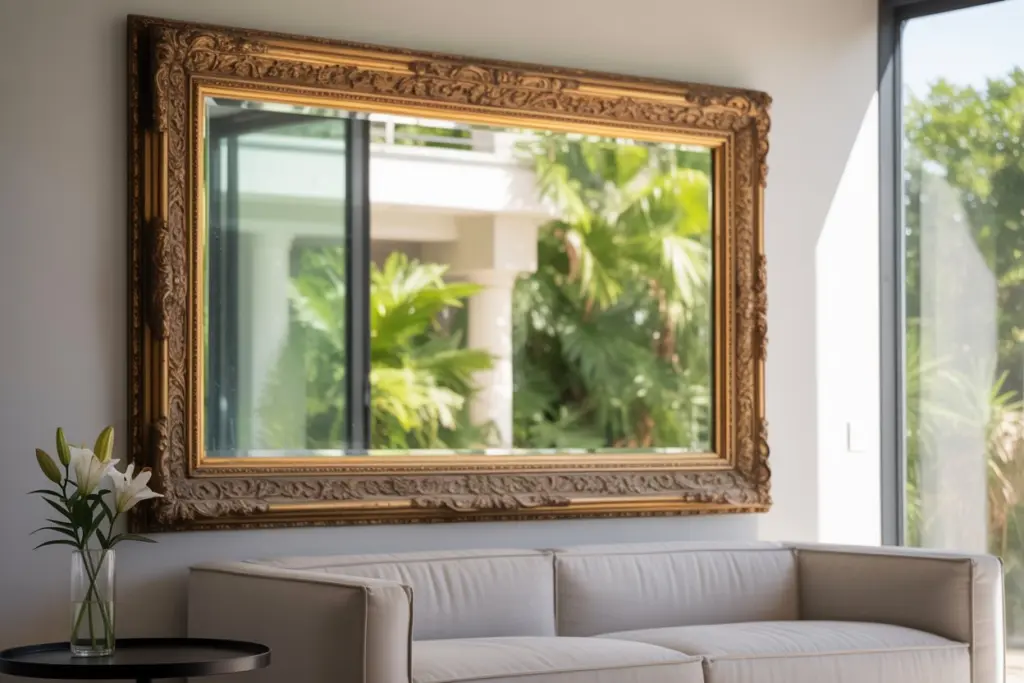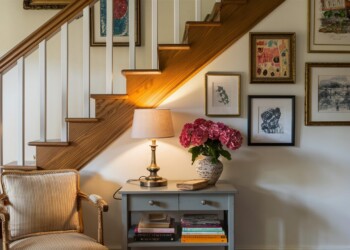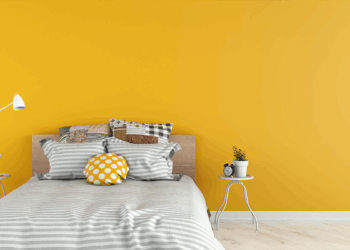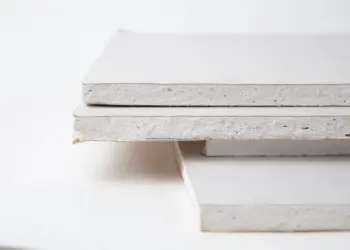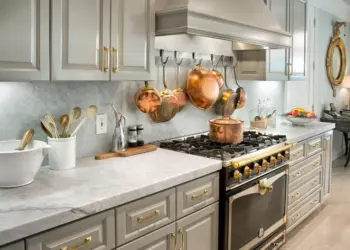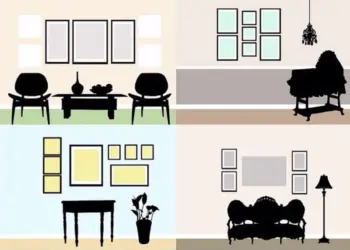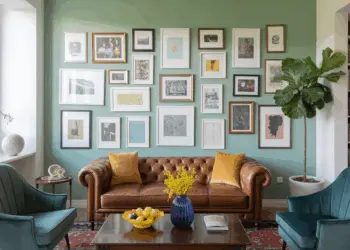Drawing the eye, stealing the show or creating the WOW effect, that’s what we want to provoke when we decide to create an accent wall in a room. Despite all the efforts of painting and space planning, we sometimes end up with a lifeless and monotonous room. The solution is simple: create an accent wall! To learn more about the subject and especially to find inspiring ideas, I suggest you continue reading and discover How to choose and Design the Perfect Accent Wall for Any Room.
Table of Contents
Why incorporate an accent wall into your decor?
An accent wall used to break up the often-monotonous appearance of a room with only one color. It allows you to highlight a decorative or architectural element, or a piece of furniture. The wall you choose should stand out from the rest of the room, without jeopardizing the uniformity of your interior.
As a decorative element, it must blend harmoniously with the room in which it is located. It is then recommended to place decorative elements that are of the same color as the wall in order to create a recall. If your walls and sofa are white and you have chosen a bold color like burgundy, then you should certainly lean your light colored sofa against the accent wall.
The contrast created will make your sofa stand out perfectly, as well as give a deep dimension. A tip: invest in cushions in the same color as the wall, or with lighter or darker tones to maximize this contrast and enhance the harmonious look of the room.
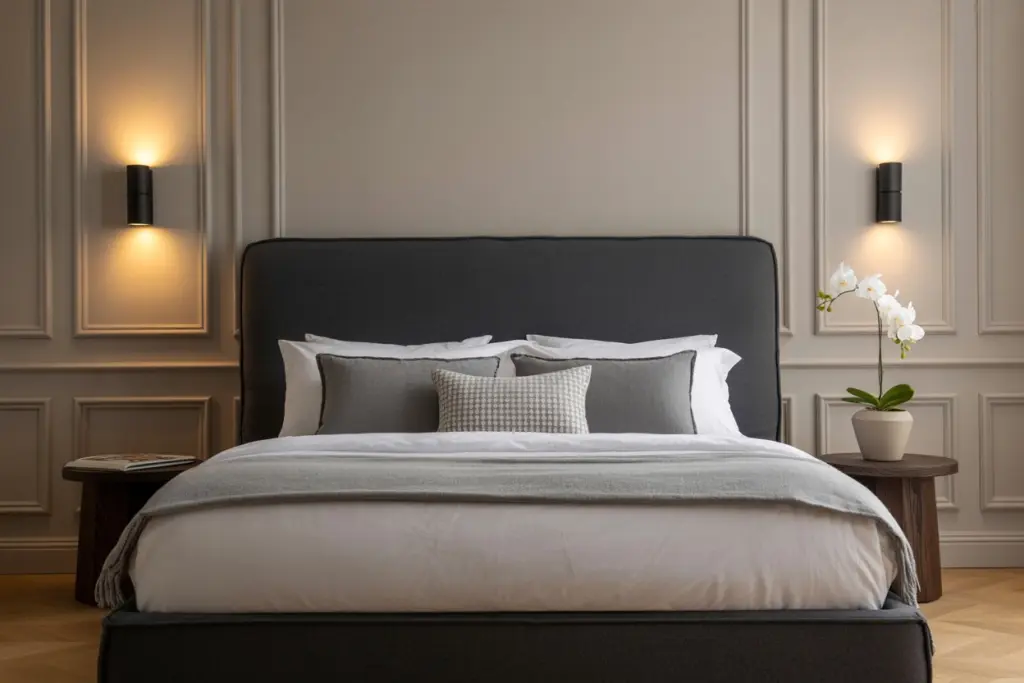
Choose the right accent wall
Find the natural focal point in the room
The focal point of a room is not always the wall you see when you first walk in. Choose the wall you want to draw attention to, because it is somehow exceptional and attractive. For example, in a room with a fireplace, highlight the fireplace wall. If you have built-in bookcases, an interesting nook, wainscoting, or something else that is architecturally distinctive, highlight those elements.
- In a bedroom, the wall behind the headboard is a great choice for an accent wall.
- If you have an outstanding sofa, dramatic artwork or other striking object in the room, highlight the wall behind that.

Create a focal point if the room does not have one
This way, you can use these elements along with the accent wall to create a focal point in the room. If you are going to work in a new, unfurnished room, be aware that the accent wall will determine the color scheme of the rest of the room.
- For example, if you want to hang a collection of framed family photos, display them against the background of the accent wall.
- Beautiful houseplants can also serve as focal points. If you have a special plant or something that catches your eye in the nursery, showcase it with an accent wall.
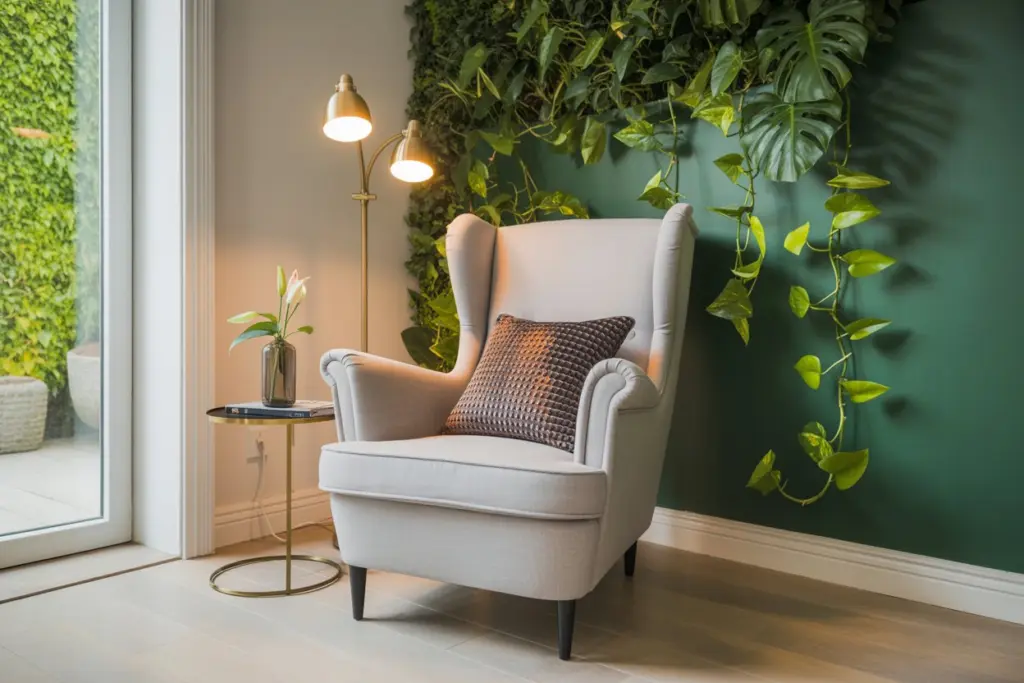
Choose a compact accent wall without doors or windows
Accent walls look best on solid walls without openings, such as doors or windows. If you have large open windows that offer a view of a beautiful landscape, this wall may not be a good choice, as the accent color may distract rather than enhance it. Natural light from large windows can also change the appearance of the paint on the wall and you may not like the results.
- This is not a hard and fast rule. However, if you really want to highlight a wall that has a door or windows, do so.

Select the farthest small wall of a rectangular room
If you’re dealing with a long, narrow room, don’t highlight one of the long walls. The color you use to highlight them can make them even longer, creating an imbalance in the room. Highlighting the far smaller wall will make it closer to you and balance the rectangular shape of the room. In general, this will create a more proportionate atmosphere in the room.
- If you are not interested in proportions or want to emphasize the length of the room, ignore this suggestion. These are just the basic rules. You have complete artistic freedom, so feel free to break any rule you like.

10 great ideas for creating an accent wall
The accent color
Get out your brushes and rollers and let the colors inspire you. Generally, in a room, one wall will be painted an accent color and the other walls will be fairly neutral. You can also paint blocks of different colors by delineating spaces or treat the ceiling as a fifth wall and paint it one color!
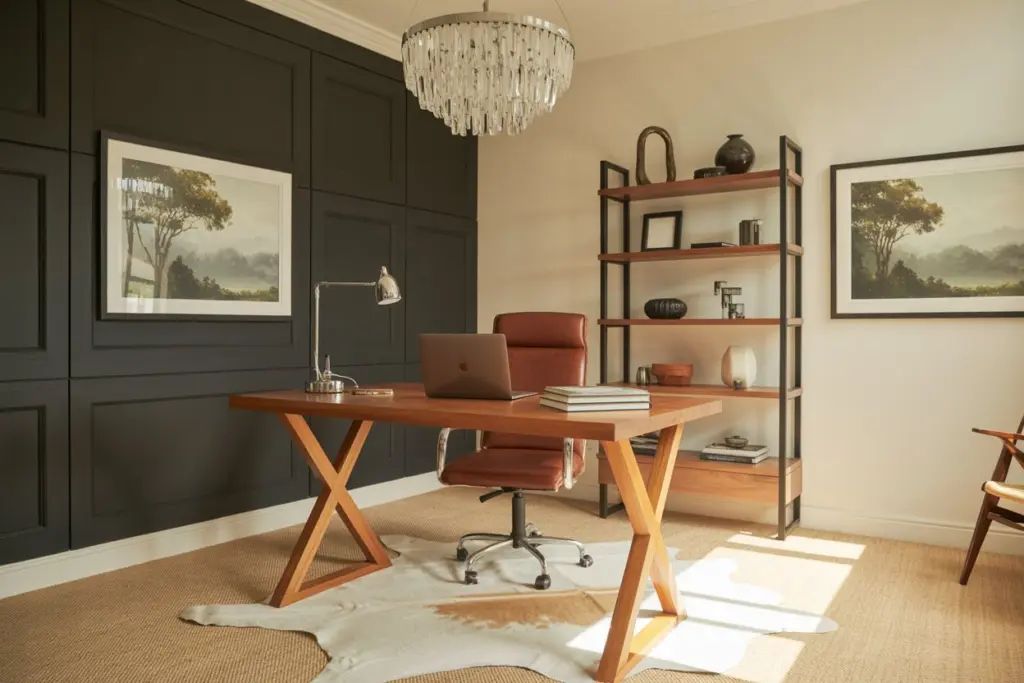
Choose the accent color
Choose dull shades over bright colors
Muted colors last longer. Intense, bright colors are great for accent walls, but if you’re more interested in garish colors, such as fiery red, think twice before making a decision. This is true, especially if the color you’re considering is in vogue. Trends come and go, and over time, you’ll probably be happier with a more neutral tone.
- You don’t necessarily have to avoid trendy colors like bright purple or blue green! If you are considering a flashy or unusual color, consider a slightly dull shade of that color.
- If you don’t mind repainting the room when you get tired of that color, then do it! If you don’t want to repaint the room in a year or two, opt for a more subdued tone.
Consider the purpose and atmosphere you want to create
Different colors transmit different energies, and these can have a significant effect on some people. For example, if you want to paint a bedroom, a red accent wall may be jarring or keep you awake. A color like cerulean blue, which is a bright tone, can create a more calming atmosphere.
- In a room where you want to generate energy, such as a playroom or study, bright colors like lime green or chartreuse will work well. A more subdued green, such as moss green, might be appropriate for a bathroom.
- Color temperature also plays a role. Warm colors like orange or red create a different atmosphere than cool colors like purple, blue and green.
Choose a darker tone than the other walls in the room
A darker shade will contrast with the lighter walls and draw attention and that’s exactly what you want. A good rule of thumb is to paint the wall you want to highlight the same color as the others, but two shades darker. If you are unsure about color choice and placement, this may be the safest method.
- You do not have to do this. A light accent wall in a darker room would do the trick, but this is more risky. When the focal point of the room is brighter than the accent wall, the room will look unbalanced or confusing.
Choose a shade that complements the room’s color scheme
This may seem simple, but it is extremely important! The accent wall should match the existing decor and the best way to do this is to replicate a color from the current color scheme. Secondary colors (instead of the main color) from your current scheme are usually a great choice for accent walls.
- For example, the color of your pillows or the pattern of the sofa fabric will be perfect. A color that often stands out in your wall decor is another great choice.
- If your current decor consists of a dark blue sofa with dark green stripes, dark green pillows, dark blue curtains, and a small green rug, consider using green for your accent wall.
Avoid the color that matches everything in the room
Don’t use the dominant color in your color scheme on your accent wall. Everything in the room will be too harmonized and nothing will stand out, making your accent wall a bit dramatic. For best results, be sure to choose a color that contrasts with the dominant color in the room.
- For example, if you have dark blue curtains and upholstery, don’t use that color on the wall you want to highlight. This combination will end up looking a bit dull.
The wallpaper for an accent wall
It’s a great comeback for this wall covering. Wallpaper is much easier to hang than it used to be and there are models that can even be repositioned (ideal for rental apartments!). There are thousands of styles (animal, geometric, simple lines, etc.), get advice to find the best for your decor!
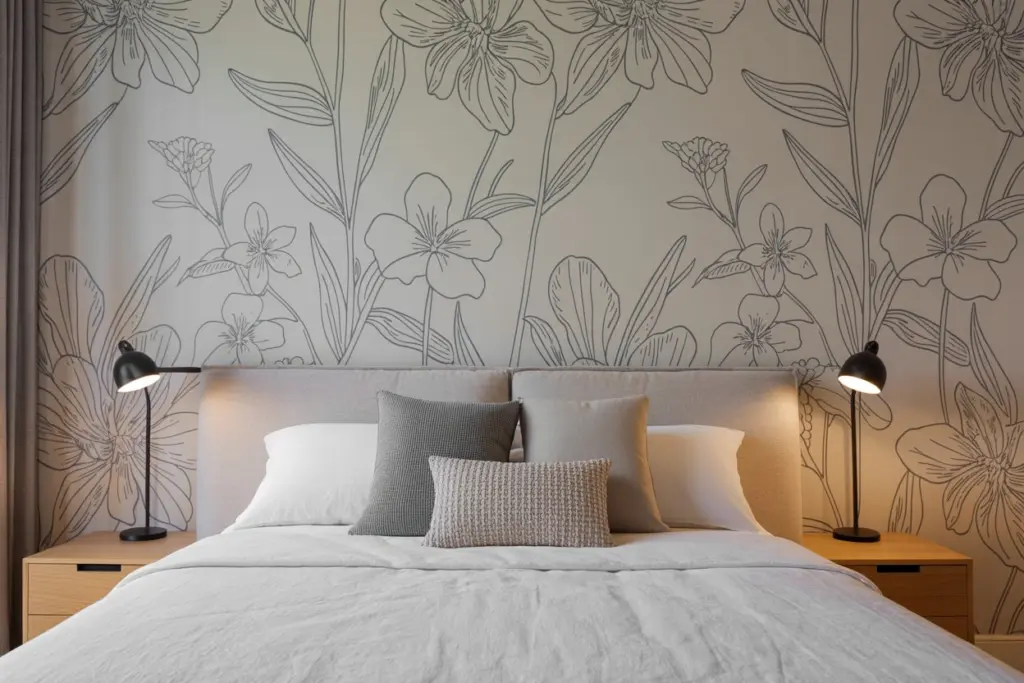
The decorative mural
This is actually a wallpaper whose image is the entire wall, not a repetitive pattern. Again, there are hundreds of styles (landscapes, marble, flowers, watercolor, etc.) for all tastes.
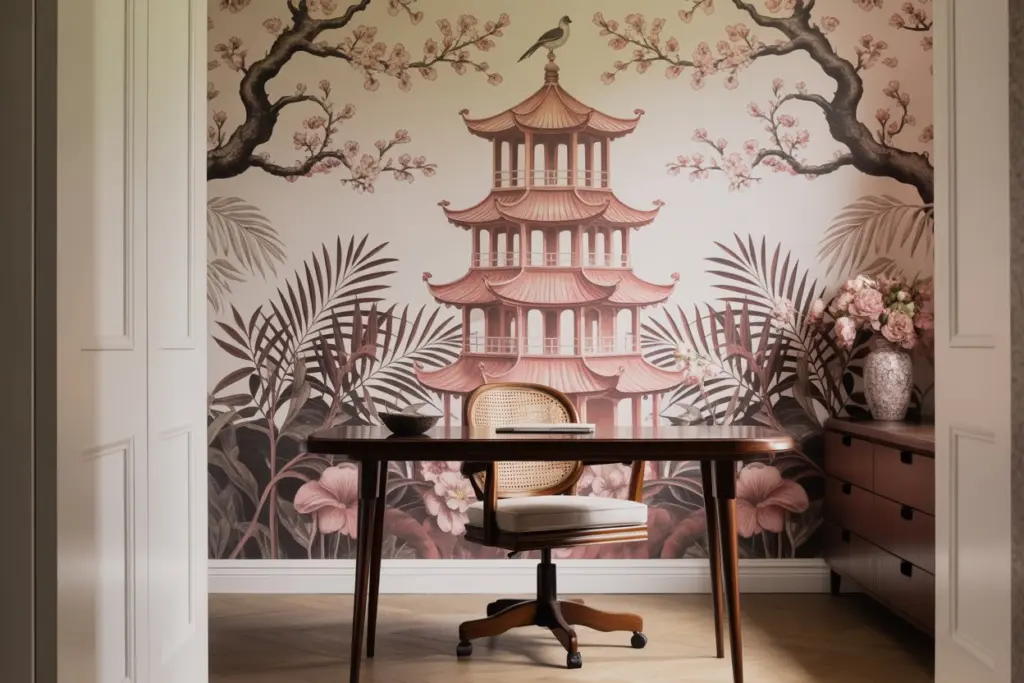
Mouldings accent wall
A very simple way to add dimension to a wall is to install mouldings. Mouldings are easy to find in home improvement stores and with a little imagination, you can create a very interesting, elegant and dynamic design. You can go tone on tone or add an accent color for a more dramatic effect! They are seen a lot in the bedroom and entryways and instantly create a WOW effect!

Accent wall :The wall panel or the 3D panel
Very present in the world of decoration, there are hundreds of different models on the market. There are imitations of concrete, brick walls, more organic wavy patterns, etc. The cost may be a little higher, but their visual impact is impressive! Don’t forget that backlighting and sconces attached to the surface of a wall made of wall panels (or 3D) will show its relief and volume.
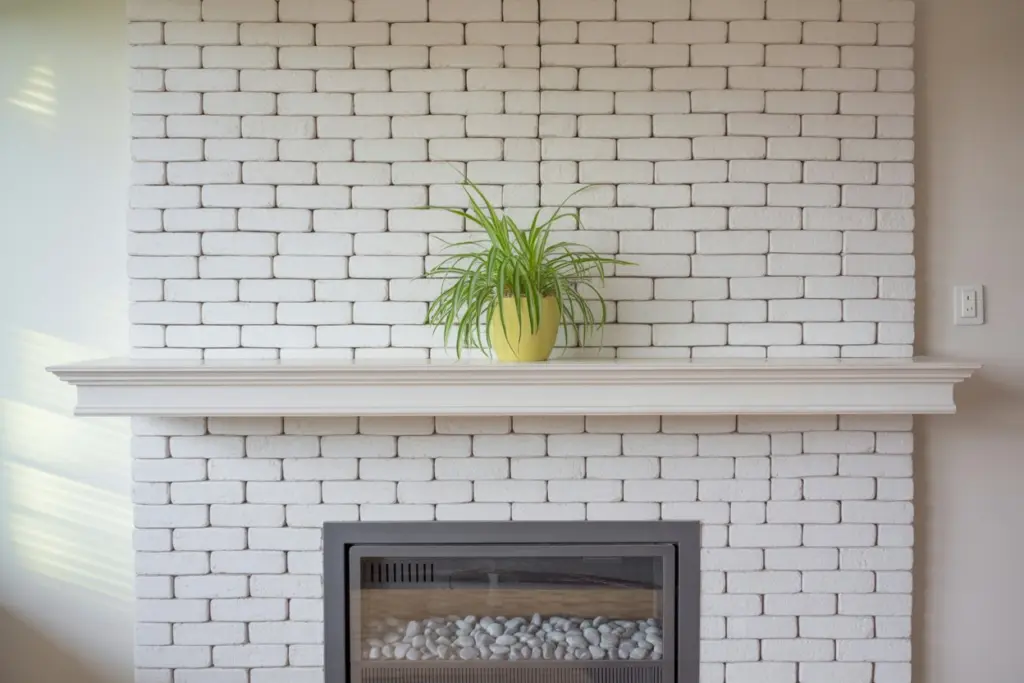
The DIY stencil accent wall
Get inspired by Youtube videos, there are hundreds of ideas on how to create yourself with a brush, a sponge or even a potato, a pattern on a wall. This is an inexpensive way to give character to a wall. We see a lot of walls painted in white with handmade patterns in a contrasting color.
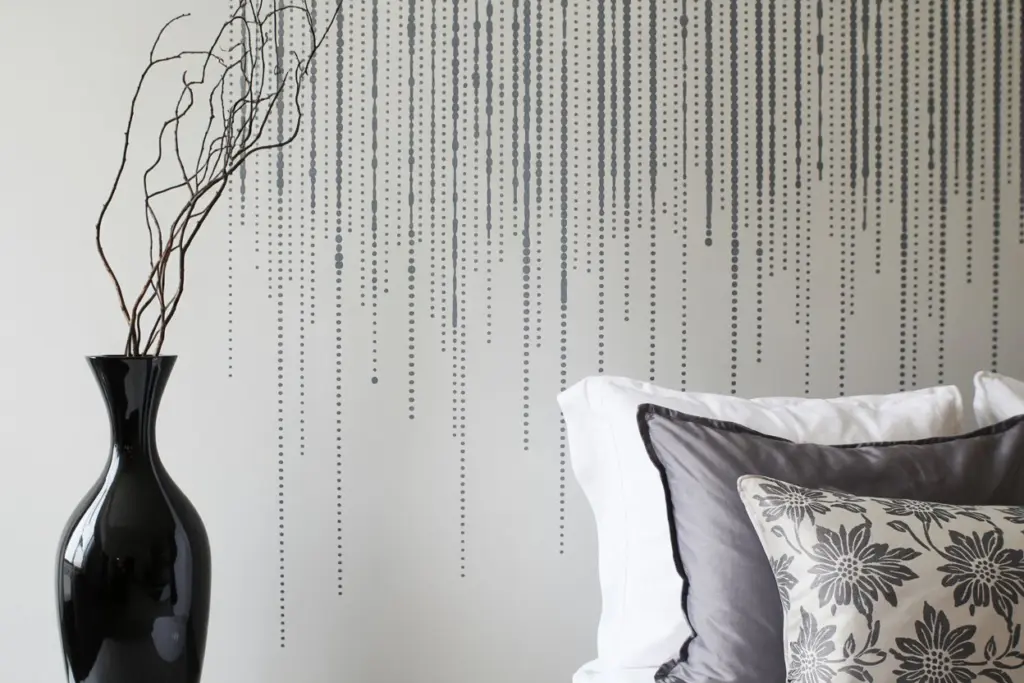
Architectural wood panels accent wall
We see them everywhere! It’s a very strong trend in the market right now: architectural wood panels. It adds warmth to the room and gives a sophisticated look to the space. The cost is quite high and a professional should do the installation, but the look will be “to die for”! Nothing compares to this wall covering option. You have a large choice of wood species and configurations and you can even install them on the ceiling.

Tile & Mosaic
Although they take some effort to install, ceramic tiles are a great option for any accent wall. The walls or backsplash of your kitchen and bathroom are perfect places for a tile mosaic and unlike before, don’t be afraid to install them all the way to the ceiling! Subway tiles and other patterns can enhance the feel of the space and instantly rejuvenate the room.
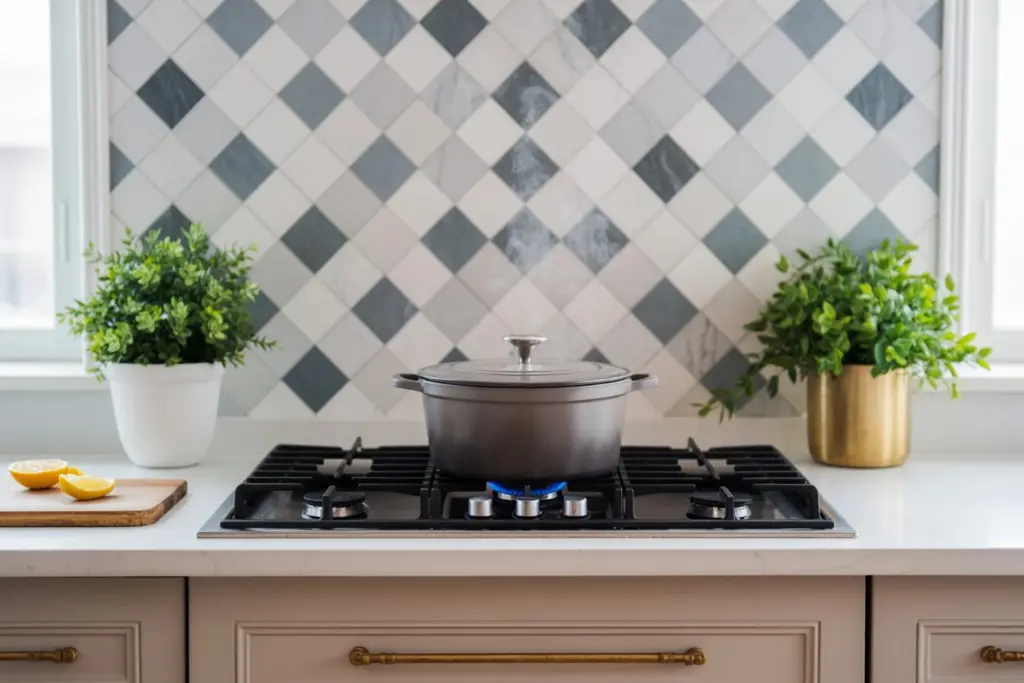
The wood sliver or shiplap
This way of creating an accent wall can easily be done by yourself and gives texture to a wall. It is often painted white, either horizontally or vertically, but painted black, it gives a more dramatic and modern effect! It can be seen in every room of the house and it is sure to charm! Once again, there are many installation videos on Youtube, so get inspired and feel confident before starting your project.
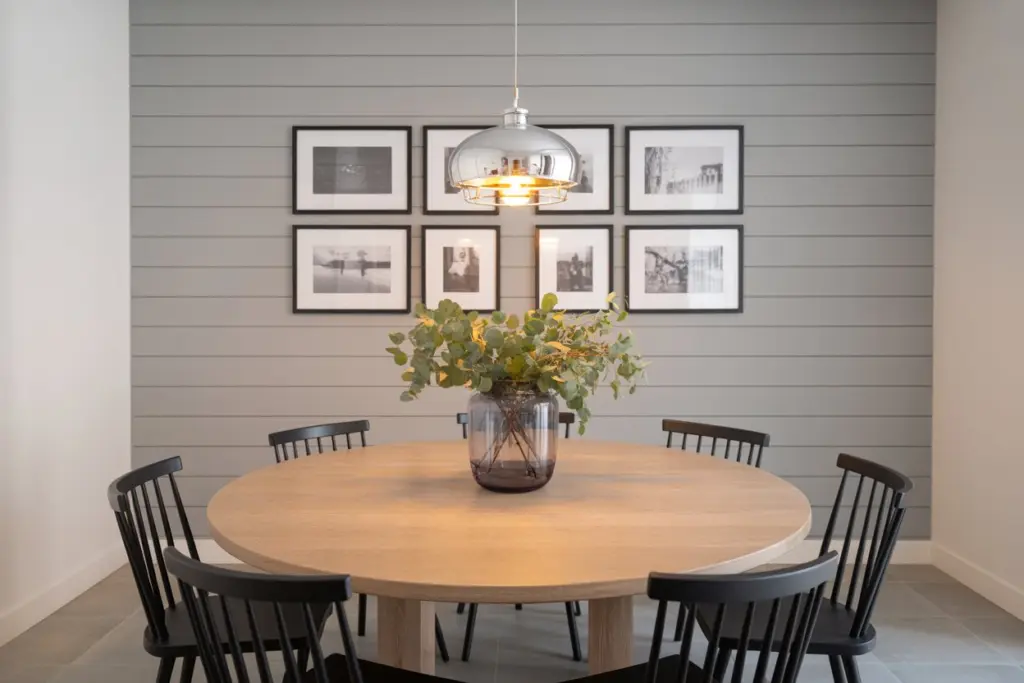
Oversized mirrors or artwork
This is a rather artistic way to create an accent wall with very little work. Simply hang either oversized mirrors or large works of art on the wall. And even in a small room, they’ll give a sense of grandeur! In addition, they allow you to encourage painters, photographers or illustrators and share your unique artistic tastes with your guests.
